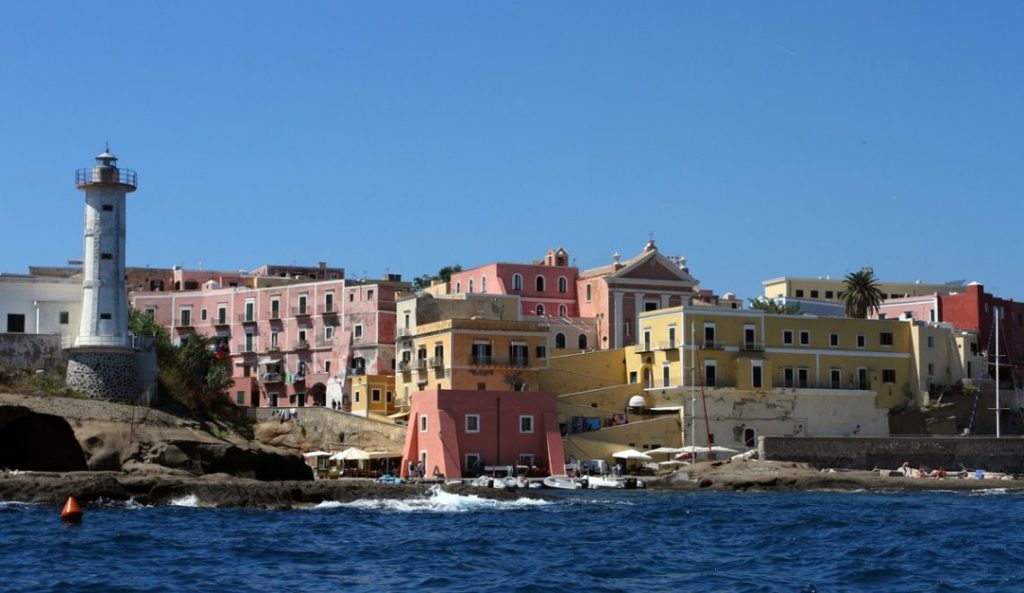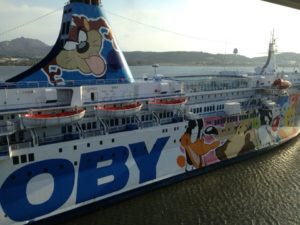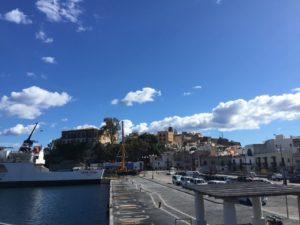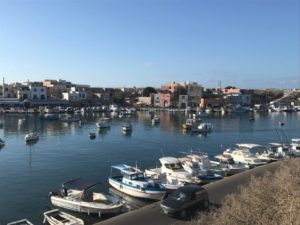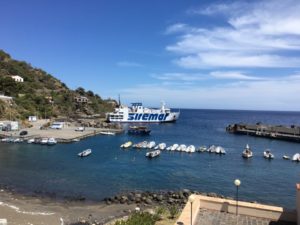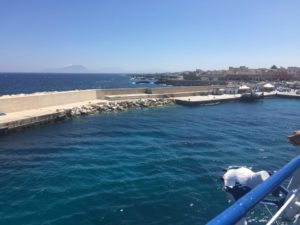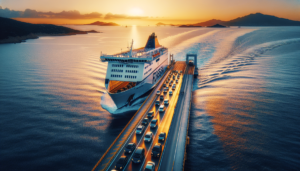What to do in Ventotene
The island of Ventotene is part of the Ponza archipelago, in the Tyrrhenian Sea, and it is of volcanic origin. The approximately 1.9 square kilometers of surface belong to the Ventotene and Santo Stefano Islands state nature reserve, while the facing waters are included in the protected marine natural area of the same name. To get to Ventotene, located in the southern sector of the Gulf of Gaeta, you can leave from Formia, while in summer also from other ports (Ponza, Naples and Ischia). The territory is wild and uncontaminated but at the same time it is rich in culture and traditions. Despite its small size, it is a magical place where there are not few things to do.
1) Go to the ancient Roman Port
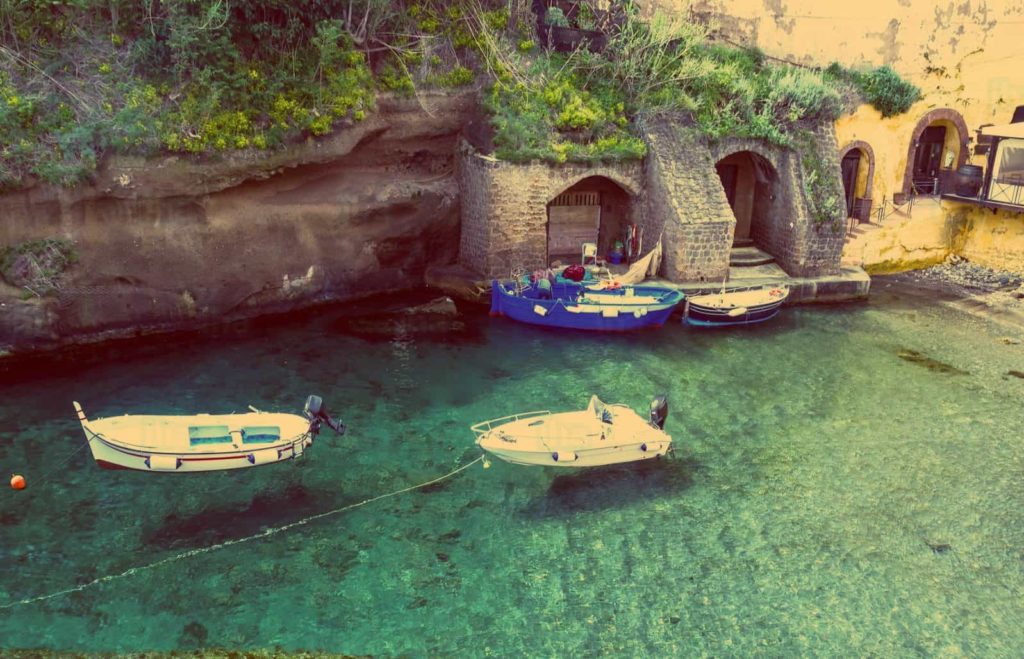
When you arrive in Ventotene by ferry or hydrofoil, you disembark in the New Port (Cala Rossano). The Roman Port, on the other hand, represents the ancient landing place and is an ingenious work dug into the tuff. In addition to the berths, still used today by boats and small pleasure and fishing boats, covered spaces and warehouses were also created, currently used by bars, restaurants and diving centers. The Romans also created fish ponds under the lighthouse reef which captured the fish, which were then reared, thanks to a system based on fresh water as bait. On the cliff there are also the salt cellars, cavities created for the extraction of sea salt. The large tuff bollards at the mouth of the port served both to close it with a chain and to facilitate (when necessary) the entry to sailing ships without oars by means of ropes. Six flights of colored stairs, built in the Bourbon period, connect the ancient port to the historic center of the village.
2) Go to the beach
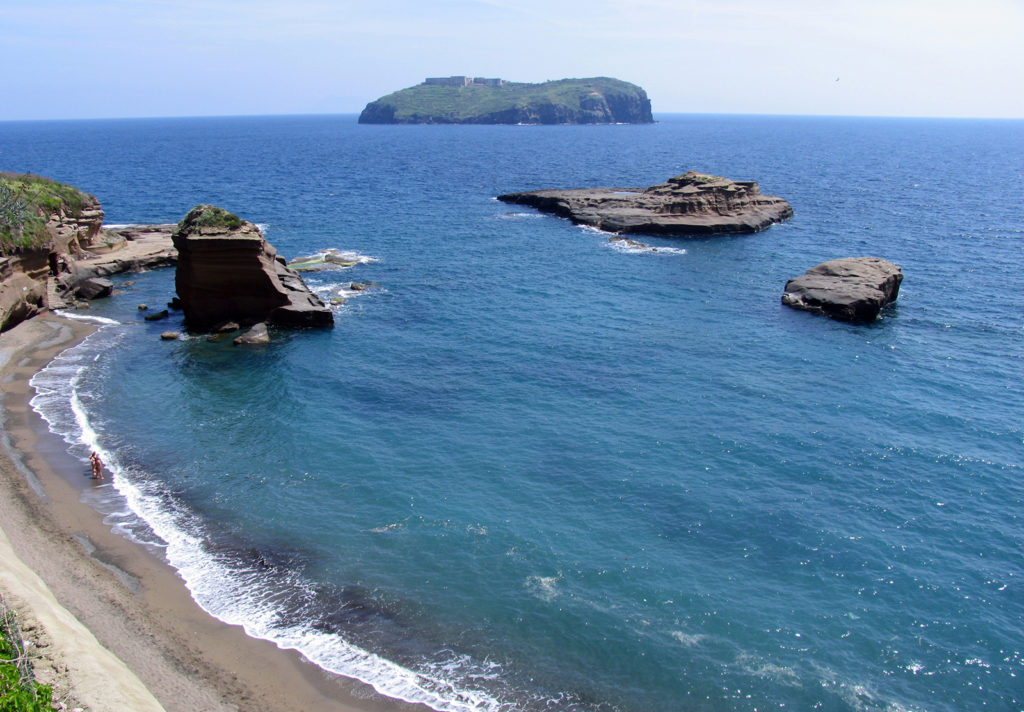
The clarity of the Ventotenese sea is guaranteed by the protected natural marine area of the Ventotene and Santo Stefano Islands, established in 1997. On the island, just over a square kilometer and a half in surface, there are few but good beaches, such as Cala Rossano and Cala Nave, easily accessible.
3) Go and see Villa Giulia
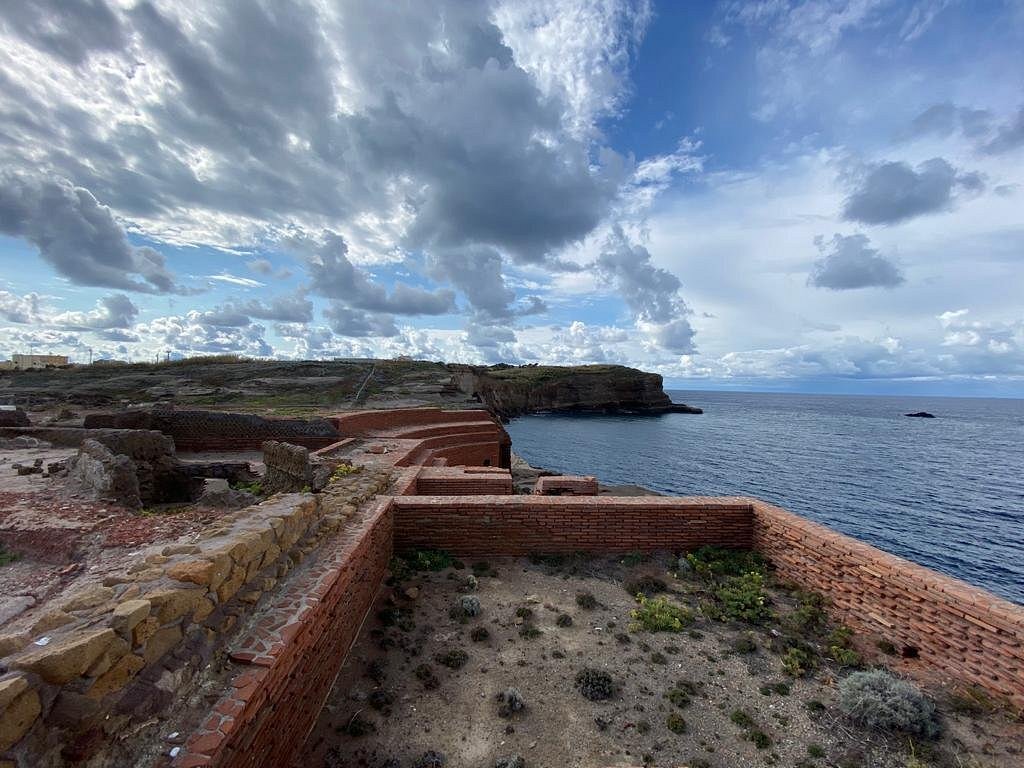
Villa Giulia was an Augustan imperial villa. Built in Punta Eolo as a summer residence, it was however used as a place of exile. Five women (relatives of emperors) were confined there, including Giulia, the daughter of Augustus. Currently, the remains of the Domus Rustica (housing slaves and garrison) are visible, and the baths (with Calidarium, Tepidarium and Frigidarium) are still well preserved.
4) Snorkel
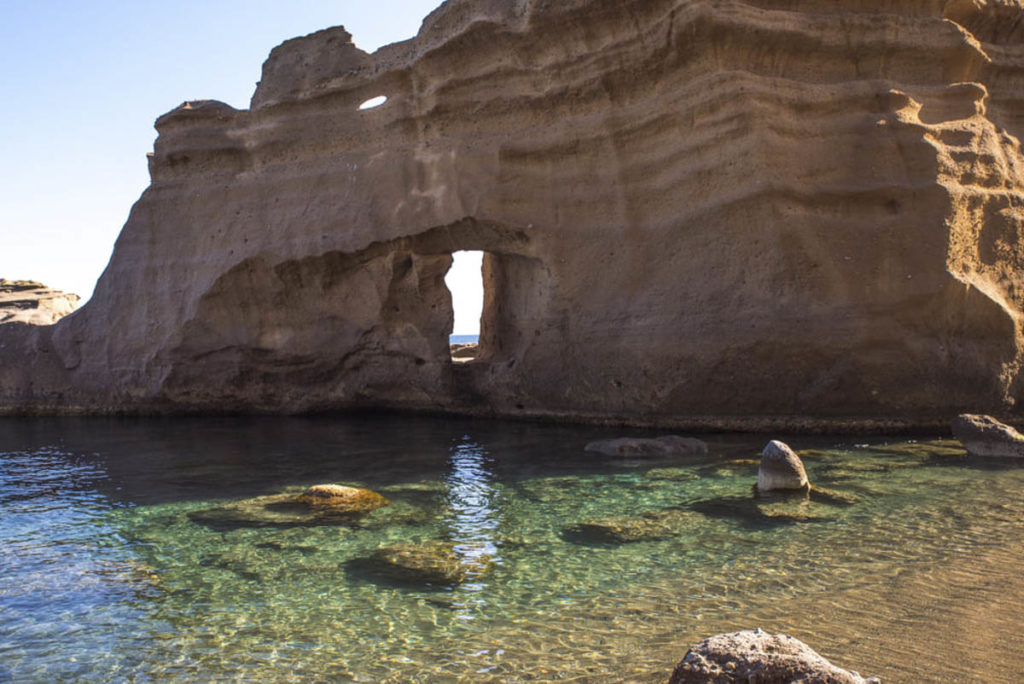
The marine flora and fauna that populate the Ventotenese coasts is truly abundant. An unmissable experience is snorkeling, also offered by local diving centers. With fins, mask and snorkel you can admire these underwater beauties. It is also possible to do deep snorkeling: instead of the snorkel you can breathe on the surface with the regulator. The first Italian diving center was created in Ventotene. Now there are several, all in the Roman port, and of course they also offer diving courses and itineraries for scuba divers already certified.
5) Visit the Archaeological Historical Museum
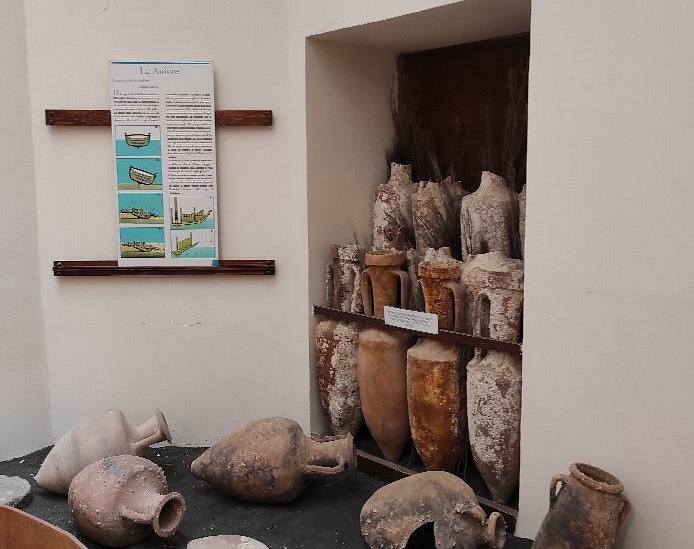
The Archaeological Historical Museum of Ventotene is located under the Municipality building in Piazza Castello and it houses both the finds found in the depths of the island, such as amphorae (the Dolium has a capacity of about two thousand liters) and anchors, or from wrecks such as that of the Grottelle, as well as those from archaeological sites, such as the decorative stuccos of Villa Giulia. The marble coat of arms of Ferdinand IV of Bourbon was instead found on the tympanum of the town church.
6) Enter the Roman Cisterns
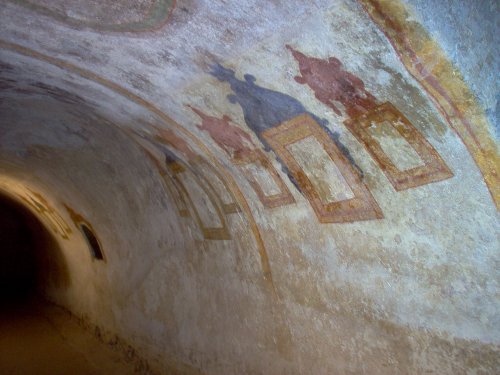
Under the lighthouse at the entrance to the Roman port, dug into the tuff and covered with earthenware, there is the hydraulic system of Roman pipes and cisterns for the supply of rainwater. Originally there were six, today two remain: the Cistern of Villa Stefania and the Cistern of the Inmates, which in the 1700s was used as a prison by the Bourbons and on whose walls you can still see paintings and graffiti of the prisoners.
7) Enter the Church of Santa Candida Vergine e Martire
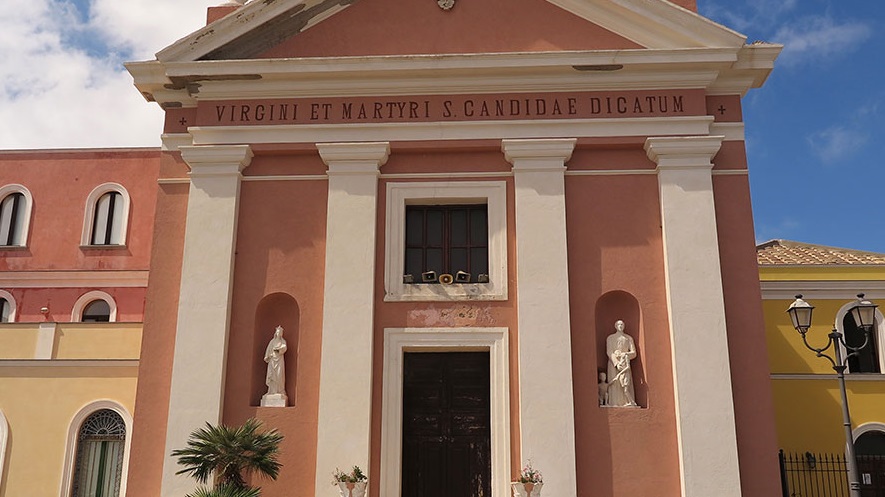
The Church of the island is the parish church of Santa Candida Vergine e Martire, located above the port, in piazza Alcide De Gasperi. Inside there are twelve statues, most of which date back to the 17th century, depicting Madonnas and Saints, in the niches on the sides of the single nave, and a wooden crucifix on the apse.
8) Watch the hot air balloon competition

Every year, on the occasion of the feast of the Patroness, Santa Candida, which falls on September 20, the so-called Traditional Games are organized the day before, on the Roman port: tug-of-war, sack race, egg race, gymnastics for land and sea, dry pasta competition, swimming and diving competitions, but above all that the hot air balloons competition, with many balloons of colored paper that parade through the air unmanned and then fall into the sea offshore. Furthermore, as per tradition, every year fourteen hot-air balloons take off, in the evening, from 10 to 20 September.
9) Visit the Migration Museum and Ornithological Observatory
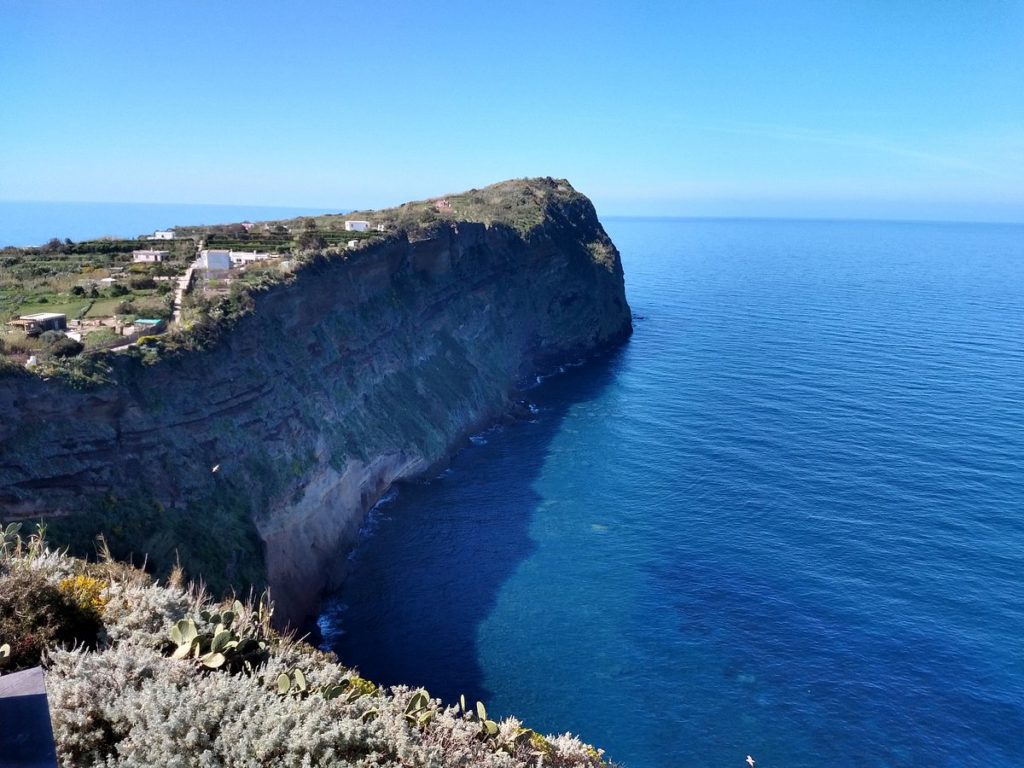
The Migration Museum and Ornithological Observatory is located on a cliff in via Olivi, in a building called “Il Semaforo“, a former radio station from the Second World War. The number of birds that peep out is staggering. In fact, they depart from the North African coasts to go to nest in central and northern Europe, with an obligatory stop in Ventotene to rest. The greater shearwater, the lesser shearwater and the peregrine falcon, on the other hand, nest on the island. From the Observatory’s terrace overlooking the sea it is possible to observe birds in flight, as well as an incredible panorama. In the museum there are planispheres and models with migratory routes, resin models, naturalistic laboratories and more.
10) Taste the local food and wine
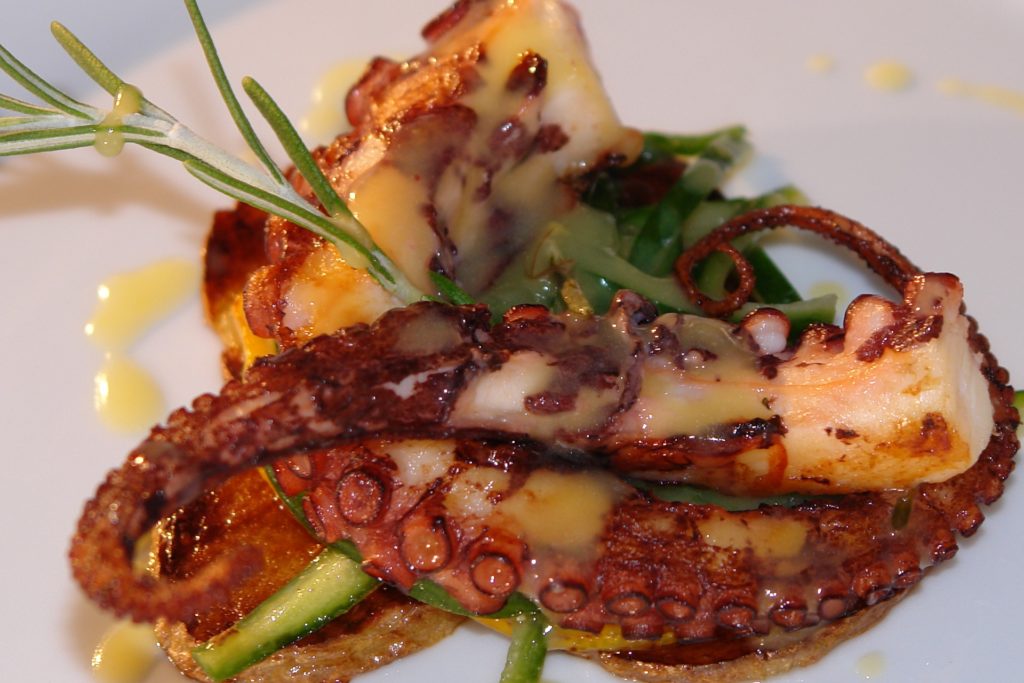
The emblematic products of Ventotenese cuisine are lentils and local fish. A typical dish is octopus with lentils and escarole, in addition to lentil soup, paccheri with redfish, spaghetti with clams and wild asparagus, fried or soaked moray eel (with the tender local pink onions) and stuffed cuttlefish, almond cake. Also try the prickly pears sold by the cart on the Roman port. The island’s enology is represented by the white Pandataria of the Candidaterra farm, still wine with Falanghina, Greco, Fiano grapes, which bears the ancient name of the island and it is also produced in a brut sparkling version.

